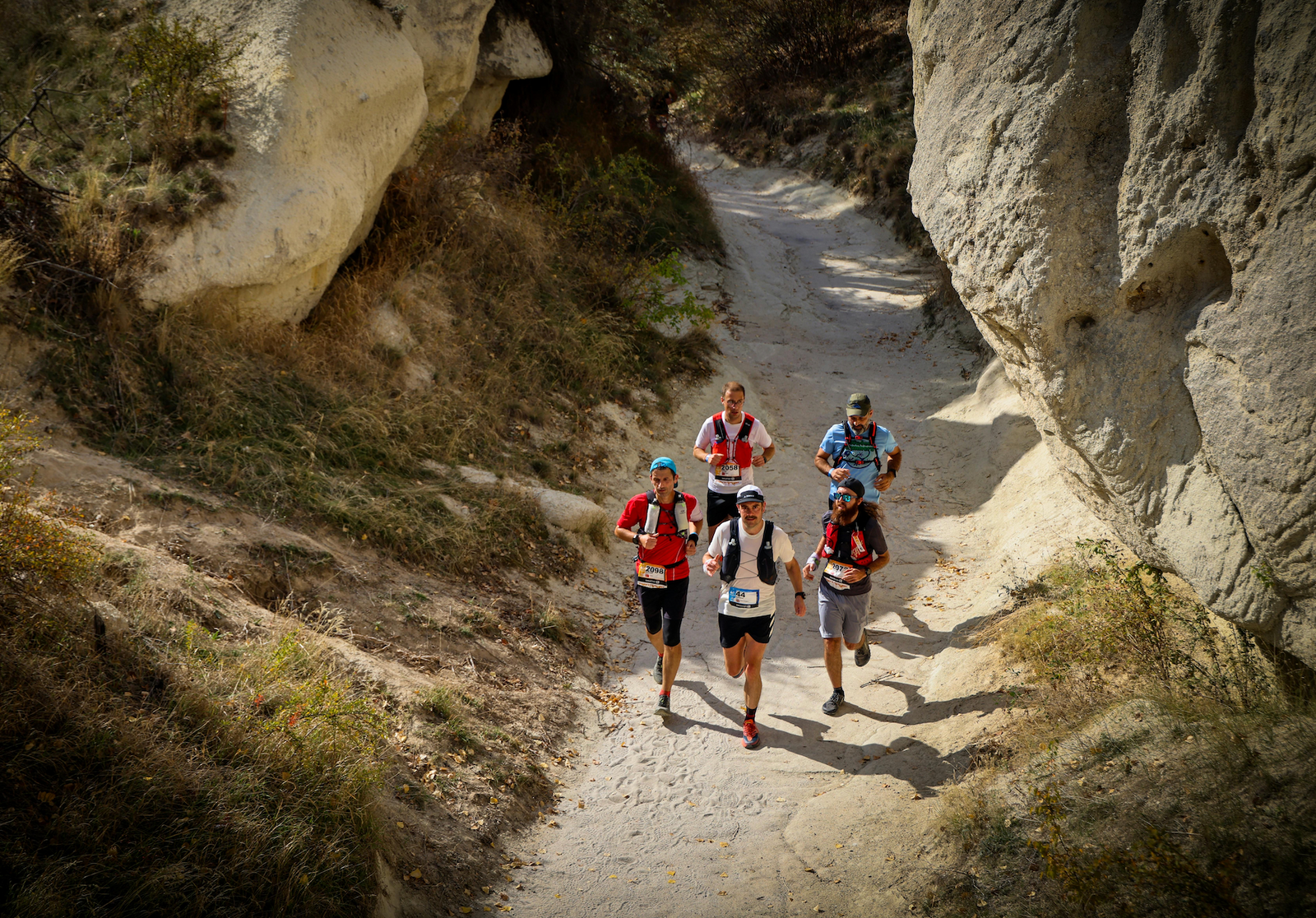Embarking on a trail running journey is not just about conquering miles of rugged terrain; it's a mindful exploration of nature's raw beauty. As you lace up your shoes and hit the trails, here's a guide to not only kickstarting your adventure but also doing so sustainably and with gear built to withstand the elements.
Gear with Grit
Trail running demands gear that can endure the rigors of rough terrain. Invest in durable trail running shoes engineered to withstand the twists and turns of uneven paths while providing ample support and grip. Opt for clothing crafted from eco-friendly and resilient materials, designed to withstand the elements without sacrificing comfort or performance. By choosing gear that prioritizes durability, you reduce the need for frequent replacements, minimizing your environmental footprint.
Equip yourself with eco-conscious accessories to minimize waste and tread lightly on the trails. Opt for biodegradable sunscreen to protect your skin without harming delicate ecosystems. Pack snacks in reusable containers to reduce single-use packaging. Every eco-friendly choice you make contributes to the preservation of the natural spaces you love to explore.
Here are our top 5 products that withstand the test of time and miles on the trails:
- Ultimate Direction's Fastpack 20 and Fastpackher 20 carries everything you need for longer runs - 2 easy access water bottle holders and 23 L volume with moisture wicking and a perfect fit.
- Janji’s Run All Day tanks offer a sleek look with technical capabilities and long-lasting construction for all-terrain wear.
- A winner in sports hydration and trusted by thousands of runners everywhere, Nuun electrolyte tabs help keep you hydrated and fueled for going the distance.
- From sunscreen to anti-chafe balm to bug repellent, find your eco-friendly favorites - in compostable packaging or recyclable aluminum tins.
- The BioLite head lamp gives you up to 60 hours of setting the path aglow. Keep on trekking with the sun or stars.

Train for the Trail
To build strength specifically tailored for trail running, incorporating exercises that target key muscle groups and improve stability is essential. Unlike the consistent surface of roads, trails present a varied terrain with uneven ground, rocks, roots, and elevation changes, demanding heightened agility, balance, and endurance.
Single-Leg Squats: Stand on one leg with the other leg extended in front. Lower your body into a squat position, keeping your chest up and knee aligned with your toes. Focus on stability and control, then return to the starting position. This exercise strengthens the quads, hamstrings, and glutes while improving balance.
Step-Ups: Using a sturdy bench or box, step up onto the surface with one foot, driving through the heel to lift your body upward. Step back down and repeat with the other foot. This exercise targets the quads, glutes, and calves, mimicking the uphill climbs often encountered in trail running.
Lateral Bounds: Stand with feet shoulder-width apart, then jump sideways explosively, landing on one foot and immediately jumping back in the opposite direction. Focus on landing softly and maintaining balance throughout. Lateral bounds enhance agility, proprioception, and lateral stability, crucial for navigating uneven terrain and obstacles encountered on the trail.
Community Connection
Starting is often the hardest part, but friends can make it easier! Engage with the trail running community to share knowledge, resources, and experiences. Join local trail running groups or participate in eco-conscious trail clean-up events to give back to the trails that inspire you.
Embarking on a trail running journey is not just a physical endeavor—it's a commitment to preserving and protecting the natural spaces we cherish. By prioritizing durable, eco-friendly gear and practicing responsible trail etiquette, you can enjoy the thrill of trail running while minimizing your environmental impact. So lace up your shoes, venture into the wilderness, and let the trails be your guide.

